An Indian TV series ignites cross-border cultural discourse over a romanticised bygone era
Even so, Bhansali’s project has evoked considerable interest in Pakistan since the word went out that he was once considering casting Fawad Khan and Mahira Khan, two of the top stars who have acted in Bollywood films. “Then, politics entered,” one of them rued.
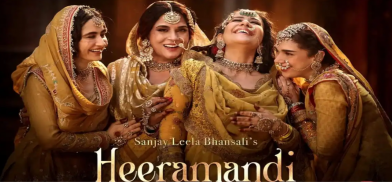
India is going through a tumultuous election wherein Pakistan figures frequently and negatively in the discourse. Pakistan’s responses to what it considers the “Hindutva” consolidation and its alarm-laced 'concerns’ for the plight of Indian Muslims are also taking considerable news-and-views space in both countries. That India has little desire to repair ties with its western neighbour unless it changes its core policies is widely acknowledged by experts in both countries and watchers of South Asia.
Yet, “Heeramandi”, an eight-part series currently being streamed on the erstwhile red-light district of the same name in pre-Partition Lahore, the cultural capital of Pakistan, has generated an animated debate on both sides of the border and among the South Asian diaspora.
If nothing else, it reinforces the deep cultural connection between the two hostile neighbours that were one nation at the time this colourful tale of tawaifs (highly skilled courtesans) unfolds. Patronised by the rich landed gentry of Muslims, Hindus and Sikhs, its decline began soon after the partition of the subcontinent in 1947.
On the Indian side, going by mainstream and social media, the maker, Sanjay Leela Bhansali -- producer, director, co-writer, composer and indeed, the prime mover – has come in for bouquets and brickbats. Also, with Indians in an election mood, there is a measure of glee at the series since it depicts Heeramandi, the red-light district and bazaar located in Lahore’s Walled City, which is not even a pale shadow of a supposedly glorious era gone by.
The Pakistani response to the OTT-platformed series which can be easily viewed transcending legal barriers against Indian films, seems more interesting. “If that Heera Mandi exists at all, it is as a fictional red-light suburb of Bhansali’s technicolour mind,” writes F S Aijazuddin in Dawn newspaper (May 16, 2024).
Mixed reviews
Expectedly, many Pakistani critics have panned the blockbuster for the spoken Urdu by characters in the series and references to and comparisons with red-light districts in Lucknow and Agra, where the rich were lavishly entertained in ornate chambers.
“You have been lied about Heera Mandi,” says Syed Muzammil who, like his other compatriots blames Pakistan’s squeamishness to delve into a socially risqué topic, allowing Bhansali to run away with the credit, but also with a “false narration.”
Like other critics, Mubasher Osman calls the series a product of Bhansali’s "fantasy", even if the maker is allowed his artistic license. They argue that Heera Mandi, the district of yore, was not what he depicts. They do not have a clear picture of what they think it was, although literature about that era is available. The present-day plight of the place, of a run-down market during the day and a decadent red-light area at night, is found embarrassing.
Like in Indian media, there is criticism for glamorizing the exploitation of women. In a fairly balanced review where she gives Bhansali credit “where it is due,” Mahreen Humayun asks: “Is there anything beyond the glitz, glam and fairy dust?”
She writes in Dawn newspaper: “The sounds of the ghungroo (ankle bells) form an eerie score for the show — a Heeramandi woman adorns her ghungroo once she has had her debut as a tawaif. Bhansali highlights the sublime, yet sweeping over the human experience to make it transcendental and evocative acts as an erasure of important stories; the plight of the women of Heeramandi (their pain, their living conditions), the Muslims living in the Subcontinent (their disconnect is confusing) and the language (the poor pronunciation and lack of fluidity of dialogue).”
But she commends the way the series ends: “Every story about a woman is a story of resistance. The end of the series was beautiful and powerful and probably one of the few scenes that left an imprint on me. The closing narration: “Like birds in gilded cages, these tawaifs knew the value of freedom…But a woman’s struggle never ends” served as the perfect culmination to a series that relied so heavily upon being perfect. And while Heeramandi explored a facet of that resistance, it too remained akin to a bird in a gilded cage, never truly showing us the cost of freedom.”
Pakistani media delved at length into the making of the series right from when it was officially announced in April 2021. Bhansali had conceptualised it over 14 years. His earlier forays into grand historical spectacles from Devdas to Bajirao Mastani and Padmavat, each one going through its run of controversies, some that even triggered violence, were duly noted.
Film celebrities of Lahore were sceptical about it. Actor and model Ushna Shah, writing in Daily Jang in 2021 said: “'Bhansali working on 'Heeramandi' is like a Pakistani director making a film on Mahabharata.”
One may argue with her that Lahore was part of undivided India, or that Mahabharata, the epic, covers places that fall in Pakistan, even Afghanistan (Gandhara). But this and other writings appear to stem from yours-versus-mine cultural nationalism. Umrao Jaan, which has Faizabad in Uttar Pradesh as its locale, has been made in Pakistan.
Some Pakistani critics have found fault with Netflix, the streaming platform, for not accepting a single Pakistani project. One of the critics said that since Mughal history evolved in places that are part of Pakistan today, Indians should not appropriate its cultural history.
Common culture
Even so, Bhansali’s project has evoked considerable interest in Pakistan since the word went out that he was once considering casting Fawad Khan and Mahira Khan, two of the top stars who have acted in Bollywood films. “Then, politics entered,” one of them rued. This has happened often between India and Pakistan, given their fraught relations.
Bollywood has been the subject of much criticism among Pakistan’s conservative classes, the clergy and the rulers. In 2020, a year before Bhansali announced his project, Pakistan’s then-prime minister Imran Khan frayed the purveying of “vulgarity by Hollywood and Bollywood”. To please Turkish leader Recep Erdogan, he promoted the Turkish series “Dirilis: Ertugrul -- the Resurrection”. Khan called it the story of the "Islamic Renaissance".
If nothing else, no matter what its rulers think, ‘Heeramandi’ has generated newer interest in Indian cinema and has once again underscored that despite the political divide culture, especially cinema, remains a uniting factor.
(The author is a veteran Indian journalist-columnist who is President Emeritus, Commonwealth Journalists Association, Views are personal. He can be reached at mahendraved07@gmail.com)





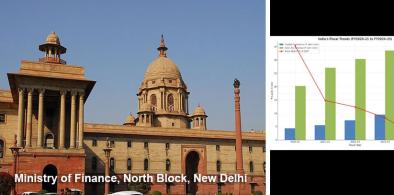
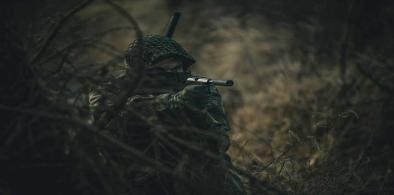
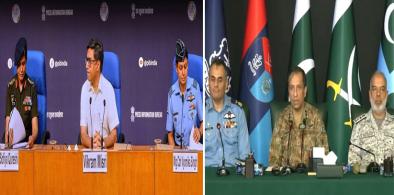
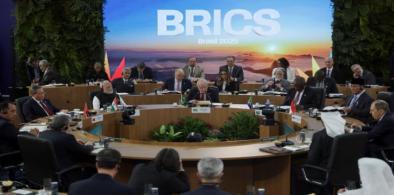
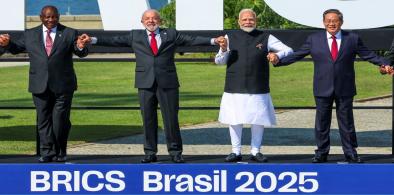
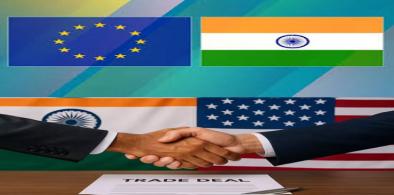
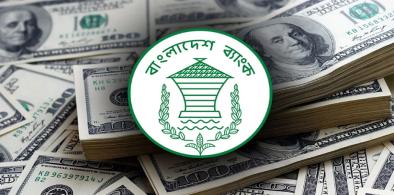
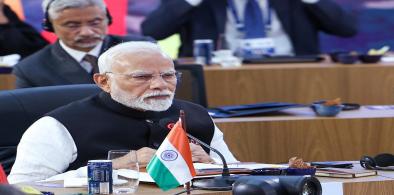
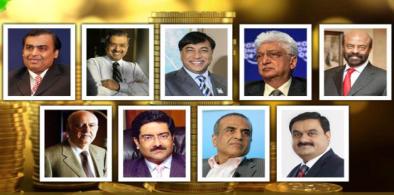






Post a Comment